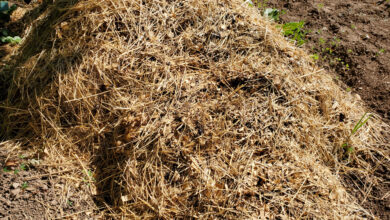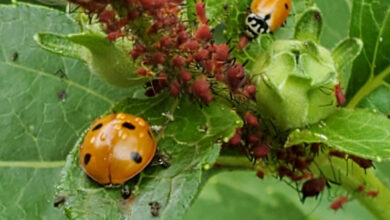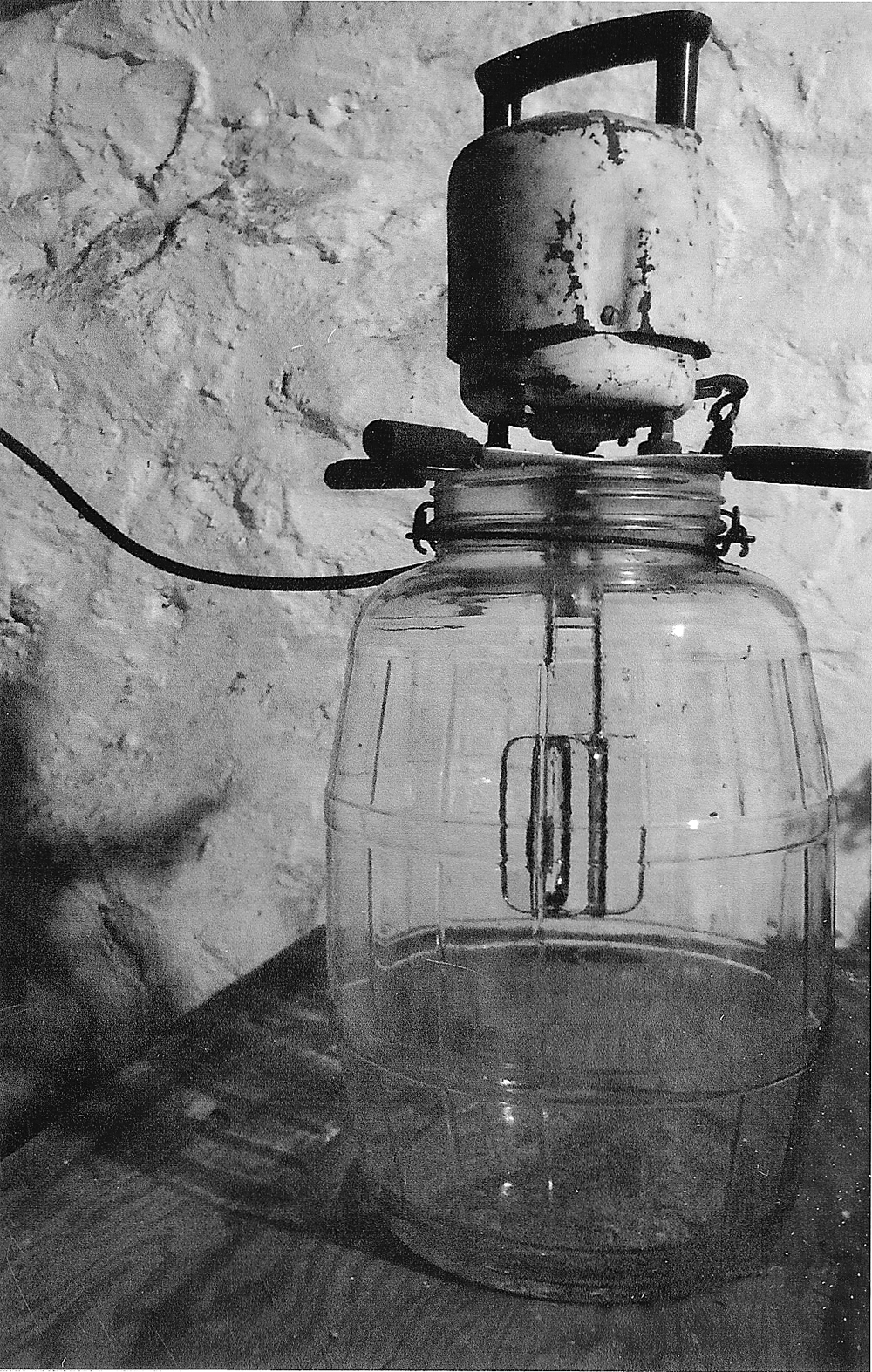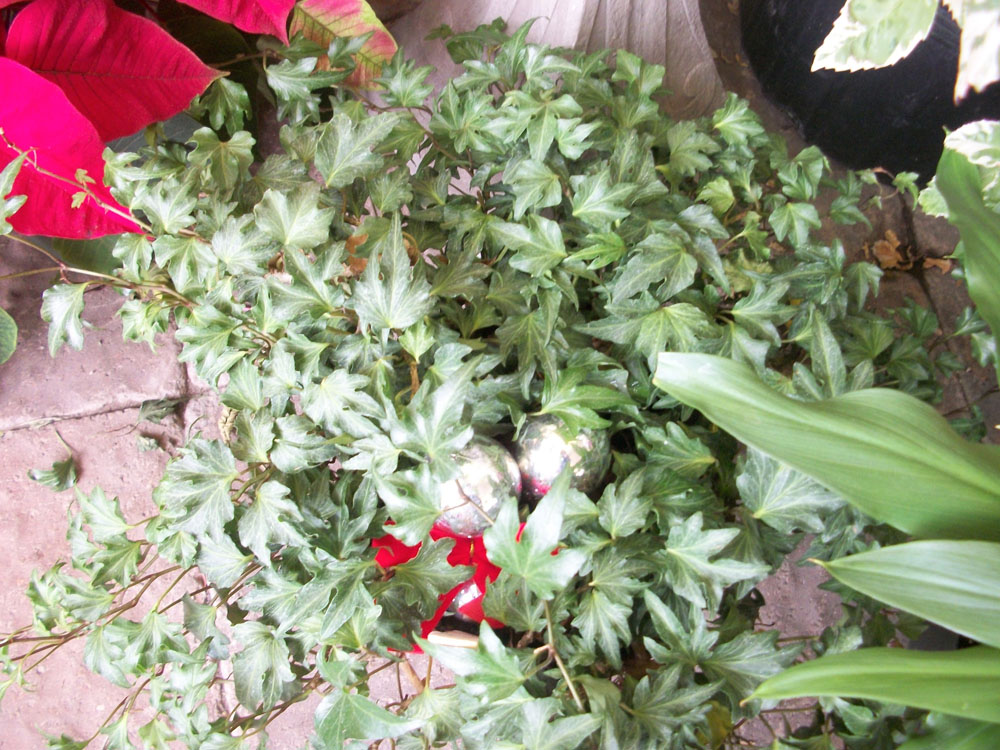Spotted lanternfly update
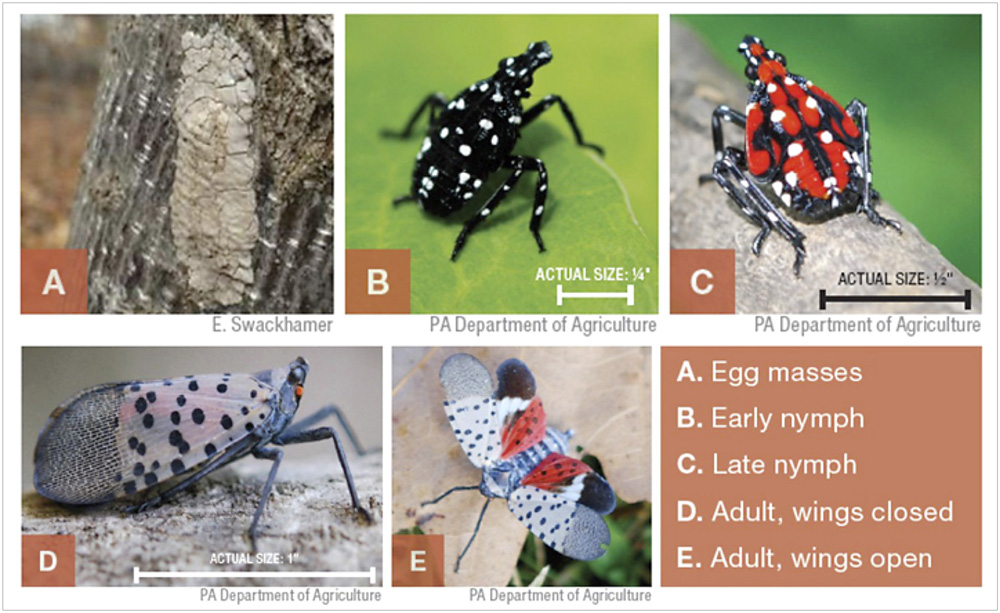
The spotted lanternfly is coming closer to home. A population of the invasive pest has been found in Ithaca, just off the Cornell University campus. According to NYS Integrated Pest Management and Cornell, they were found on a tree of heaven (Ailanthus altissima) plant. Tree of heaven is another invasive species and a favorite host plant of the spotted lanternfly. The problem is, spotted lanternfly feed on many trees and plants, some of which are grown commercially in New York, including grapes.
Spotted lanternfly is a large planthopper insect that does not bite or sting pets, people, or livestock. It is about one inch long, and adults have piercing-sucking mouthparts that drill into the phloem of more than 70 plant species. According to the NYS Department of Environmental Conservation, spotted lanternfly can feed by the thousands, stressing plants and excreting large amounts of sticky “honeydew.” The excrement attracts sooty molds that interfere with plant photosynthesis. It is not surprising that New York’s annual yield of apples, grapes, and other fruit crops could be seriously negatively affected if the pest is allowed to spread.
Additionally, the size of the spotted lanternfly and its large populations can result in significant accumulations of honeydew which attracts swarms of insects and significantly hinders outdoor activities. The NYSDEC says that places in Pennsylvania where spotted lanternfly populations are the densest, people cannot go outside without getting honeydew on their hair, clothes, and belongings.
Spotted lanternfly spread mainly by laying eggs on vehicles, firewood, outdoor furniture, and stone, etc., and are then inadvertently transported to other areas.
Nymphs are black with white spots and become red before transitioning into adults. Red nymphs are seen from July until September. Black nymphs can be spotted as early as April. Adults begin to appear in July, and their wings are eye-catching. The forewings are grayish with black spots and the lower portions of their hindwing are red with black spots. The upper portions are dark with a white stripe. During the fall, adults lay one-inch long egg masses on many different surfaces, including tree trunks, rocks, vehicles, and firewood. The egg masses are smooth and brownish-gray with a shiny, waxy coating when first laid.
Cornell University is currently investigating biological control and other management options for this pest, and the state has been preparing for the spotted lanternfly’s potential arrival here for the last few years. The NYSDEC is working to detect and prevent the further spread of spotted lanternfly in New York. Extensive trapping surveys are being conducted in high-risk areas throughout the state, as well as inspections of nursery stock, stone shipments, commercial transports, etc., the DEC says.
You can help by being on the lookout for spotted lanternfly nymphs, adults, and egg masses. If you think you see a spotted lanternfly, you can report it to the New York State Department of Agriculture and Markets via the Spotted Lanternfly Public Report, accessible online at agriculture.ny.gov/spottedlanternfly. Be sure to take a photo and collect a sample, placing it in a freezer or jar with rubbing alcohol or hand sanitizer.



